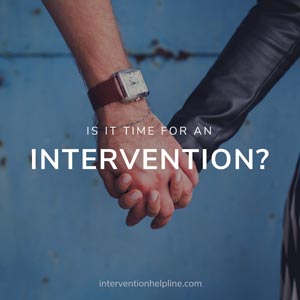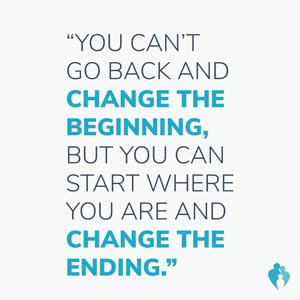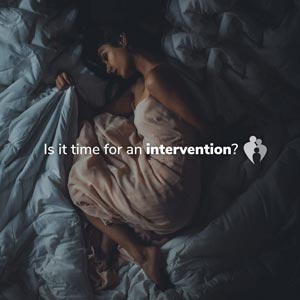In 2015, there were over 33,000 opioid-related deaths in the United States, according to NCBI. While most people know of the dangers of heroin and prescription opioid painkiller abuse, a few lesser-known opioids are also causing serious problems. One of these is U-477000, a designer drug developed in the 1970s that is several times more potent than morphine and capable of disastrous effects.
What Is U-47700?
The Upjohn Company developed U-47700 in the 1970s but never secured approval from the Food and Drug Administration (FDA) to release the drug to the public. U-47700 was originally developed as a more powerful alternative to morphine, which was the most widely-used painkiller at the time. U-47700 displayed several worrisome issues that caused the FDA to deny approval for public consumption. The Drug Enforcement Agency (DEA) classified U-47700 as a Schedule I narcotic as of November 1, 2016.
Risks Of U-47700 Consumption
The Centers for Disease Control and Prevention (CDC) recently reported that U-47700 was only detected in about .8 percent of opioid-related deaths from July to December of 2016, but the sheer number of opioid-related overdose deaths occurring means this drug deserves as much public attention as any other dangerous opioid. Unfortunately, many people carry misconceptions about synthetic drugs and the risk of addiction.
Potential For Abuse And Addiction
U-47700 is a powerful opioid, and a single dose may be as much as seven times as powerful as a single dose of morphine. This can produce intense euphoria and other pleasurable sensations at first, but the strength of the drug may easily cause an overdose. If a person is accustomed to buying heroin of a specific dosage strength and then tries U-47700, the sudden jump in potency can easily cause an overdose.
There is a significant risk of opioid addiction and dependence with prolonged use of U-47700, just as there is with any other natural or synthetic opioid. Powerful drugs such as these can cause withdrawal symptoms after just one dose, spurring a person further into addiction.
Dangers Of Synthetic Drugs
What are synthetic drugs? A “synthetic” drug is generally any drug created by human hands. Drugs like marijuana and cocaine are found in nature and only require minimal processing for humans to consume them. Morphine is a product of the poppy, a flowering plant found in nature. Most synthetic drug developers create synthetic drugs to achieve specific effects, replacing more expensive drugs with cheaper alternatives, or enhancing the efficacy of existing drugs.
Today, synthetic drugs or “designer” drugs are becoming increasingly popular, and many people are experimenting with these drugs under the false assumption that they are safer than other illicit drugs. Synthetic drug effects are often far more severe than their naturally sourced counterparts.
Opioid Dependency And Addiction
Opioid addiction is one of the most dangerous types of addiction for several reasons. First, it progresses very rapidly. A person who receives a prescription for opioid painkillers after an injury can develop a dependency after just a few doses. Tolerance also builds quickly, and withdrawal symptoms are severe. As soon as a person experiences opioid withdrawal he or she will generally seek another dose as soon as possible. Opioid dependence generally develops in a short time and the person will feel as though he or she needs more opioids to function.
Tolerance means a person in the grips of opioid addiction will gradually increase his or her doses to achieve the desired results. With designer drugs such as U-47700, upping dosages is extremely dangerous, and coming down from harder synthetic opioids is generally more uncomfortable and dangerous than with other opioids.
Opioid Withdrawal Symptoms And Detox
Opioid withdrawal symptoms can include:
- Seizures
- Heart rate abnormalities
- Respiratory difficulty
- Feelings of extreme heat and cold
- Muscle aches and joint pain
- Fatigue
- Nausea and vomiting
- Restlessness and insomnia
- Fever and increased blood pressure
Without prompt opioid dependence treatment, the symptoms of withdrawal can be so severe that the urge to use opioids again becomes too powerful to ignore. Sometimes, withdrawal can be fatal. U-47700 is an extremely powerful synthetic opioid that can easily cause an overdose. The average strength of a dose means a person who does not overdose is likely to rapidly develop dependence on the drug.
Medical assistance during the detox process can help manage withdrawal symptoms so the patient can remove the last of the opioids from his or her system with minimal discomfort. U-47700 is a powerful opioid, and detox can last for several days or even weeks.
How To Overcome Opioid Addiction
Addiction help is available for the people who need it, but it’s vital to find a recovery program that works for the individual. There is no one-size-fits-all solution to opioid addiction treatment and an individual has the best chance of recovery with a comprehensive treatment plan that addresses his or her unique needs. Intervention Helpline coordinates addiction treatment intervention and other services to provide a full spectrum of care for people struggling with opioid addiction.
A Full Continuum Of Addiction Treatment Services
Intervention is one of the most important parts of any recovery process. This is the time for friends and family of a person struggling with an addiction to let him or her know how his or her addiction has affected them and urge their loved one into rehab. An addiction treatment intervention can be a delicate situation, and emotional flare-ups can cause more damage than the typical family may expect.
A professional interventionist can help guide an intervention and help participants prepare. Some may need coaching to accurately convey their thoughts, and a professional interventionist can help with every step of the preparation and rehearsal process.
Opioid addiction is one of the most severe types of substance abuse with a high potential for life-threatening consequences. Learn more about how Intervention Helpline can assist with opioid addiction recovery and ongoing support.









 All Rights Reserved |
All Rights Reserved |